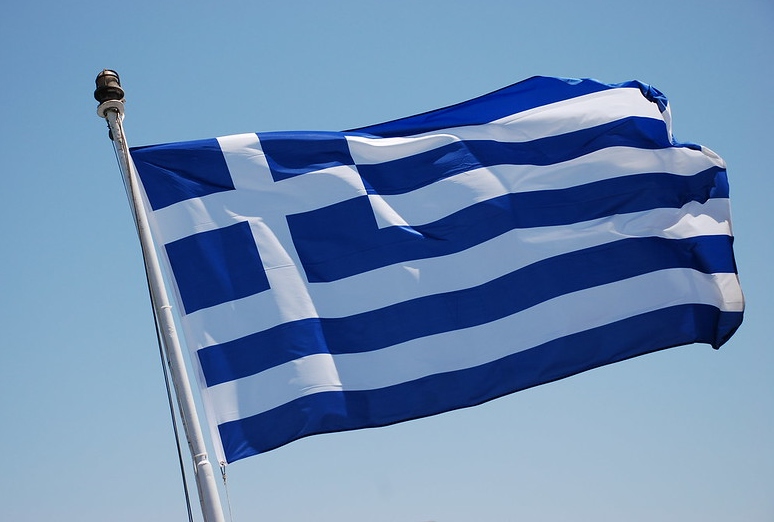
Ireland is an island in the North Atlantic. Divided into the Republic of Ireland – which is a sovereign state – and the Northern Island, which is part of Great Britain. Dublin is the capital of the Republic of Ireland; a populous metropolitan that is home to almost a quarter of the total population of the country. The Republic is separated from Great Britain by the North Channel, the Irish Sea, and the St. George’s Channel.
Business Environment & Opportunities
The government policies and the overall environment of the Republic are conducive to businesses. Firstly, the country discourages excessive bureaucracy, which makes compliance with regulations swift. Secondly, the low tax rates attract startups. Lastly, the Republic is home to several multinational companies and a world competitor in innovation. These factors encourage new entrants to the market, at the domestic and international levels. Ireland’s economy is ranked 5th on the Economic Freedom Index. A detrimental factor in attracting Foreign Direct Investment (FDI) and hence the country enjoys the top position for high-value FDI flows. In recent years when the FDI has seen a decline in the European region, the Republic’s FDI has held its ground, continuing to score hundreds of international projects. Compared to the size of the country, this is a remarkable phenomenon.
It is being widely speculated that once the CoronaVirus (Covid 19) pandemic restrictions are lifted and the economies around the world come into motion; Western Europe will be the most attractive location for FDI. For startups and new entrants to business, the Country offers various funding and support programs. Investors will be interested in the service or product that has the potential to fulfill the needs of the consumers. Even for relatively old companies that have hit their capacity ceiling, investors are eager to step in for support. The outcome of this practice is that more and more small and mid-sized investors participate in the economic movement each year.
Some of the flourishing businesses in the country are construction, the export of food and beverages, Communication Technology services and equipment, life sciences equipment and services, business consulting, sanitization services, athletic goods, clothing (retail and manufacturing), farming, etc.
The economy of the Republic of Ireland
A few very fundamental economic indicators that reflect the actual economic scenario of the country is its Gross Domestic Product (GDP) growth rate per annum, the trade deficit/surplus, the unemployment rate, and the Purchasing Power Parity (PPP). All the above-stated indicators show positive signs concerning the Irish economy. In the last quarter of 2021, the GDP growth rate stood at 6.3%, and 21.6% in the last fiscal year. The annual per capita income figures were USD 81, 297 in the last fiscal year. Ireland experienced a significant increase in the PPP from US$ 34, 046 to US$ 94,392 in the year 2020. On the other hand, the Per Capita Income in Ireland is speculated to reach US$ 82,500 per annum by the end of the year 2021 and around US$ 85,000 by the end of 2023. Another important indicator is the volume of FDI in a country. Astonishingly, as of 2019, the FDI in Ireland exceeds US$ 1trillion.
Ireland’s investments abroad expanded to US$ 108B as of June 2021. The country witnessed a trade surplus of US$ 80B in the fiscal year 2019-2020. Trade surplus directly affects the unemployment rate of the country. In Ireland, the unemployment rate is around 6%. The only speck of worrying number in the Irish economy is its Government’s Debt per capita, which, in US Dollars, has reached 49,000 per citizen as of 2020.
Manufacturing Sector in Ireland
The manufacturing sector in Ireland supports high-tech production facilities by allowing low to no taxes on the import of machinery in some cases. Economies of large-scale manufacturing are easier to achieve when the cost of manufacturing is low. In the last two decades, the manufacturing sector has grown exponentially; especially in the field of life sciences, ICT, engineering, etc.
Companies such as Apple, Merck, and ABB have had vast manufacturing and business operations in Ireland for two decades. Similarly, Ireland also offers a highly-skilled workforce that is fully capable of handling large-scale outsourced manufacturing operations, and hence puts at ease the absence of foreign manufacturing companies. Irish, as a nation are adaptable, this helps the foreign owners to communicate openly and enforce policies best suited to their ventures.
Import/Export Scenario of Ireland
As discussed earlier, Ireland exports more than it imports, which leads to a trade surplus. Major imports of Ireland are aero-space products such as planes, helicopters, spacecraft, pharmaceuticals, medical/surgical goods, petroleum products, chemicals, IT equipment, etc. The total import volume amounts to US$ 88B.
Regarding the export sector, the Republic’s top exports are perfumery (scented mixtures), integrated circuits for electronic and IT equipment, vaccines, chemicals, etc. The total export amounted to US$ 190B!


